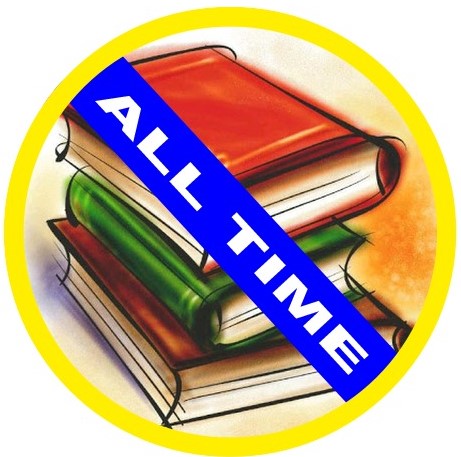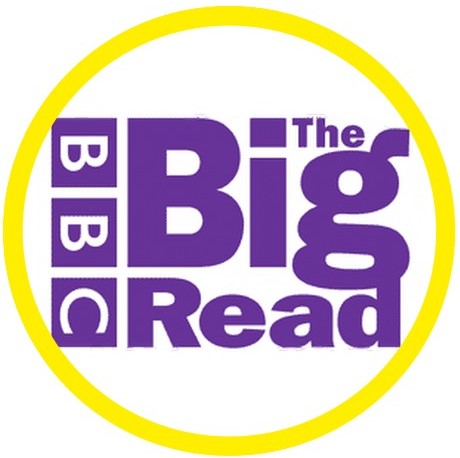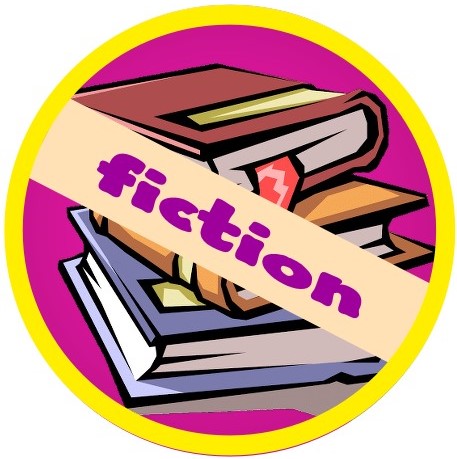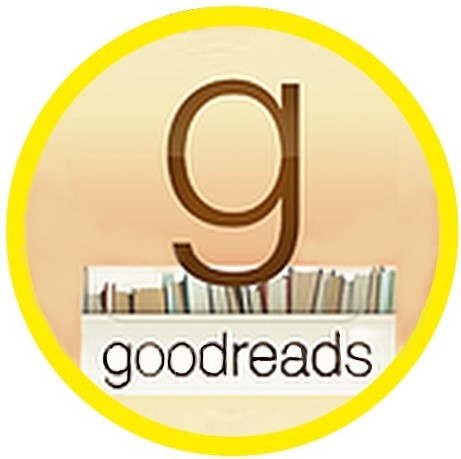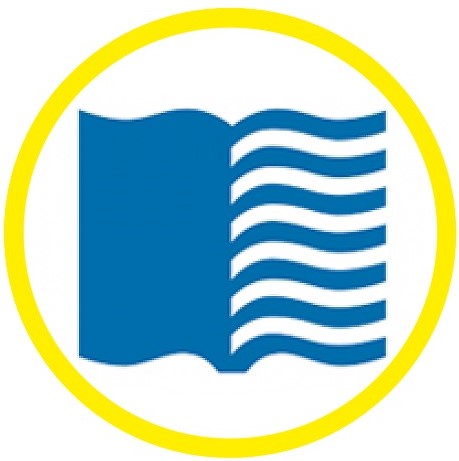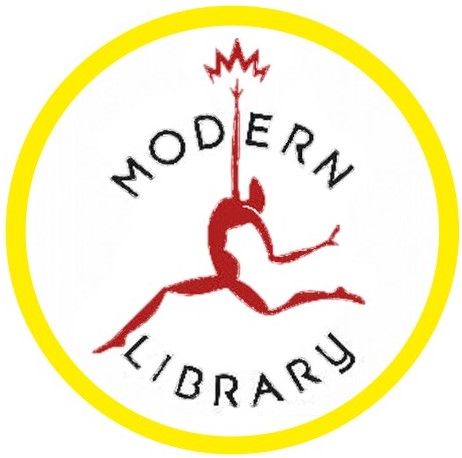That's proving a bit of a challenge with Masters. It isn't a story. It is a collection of mostly monologues and occasional dialogues crafted by school librarian Laura Amy Schlitz. When her students were studying the Middle Ages, she took it upon herself to craft these bits for reading aloud.
Each piece focuses on one or two characters who live within a medieval village. Occasionally characters overlap as secondary references in other pieces, but mostly each piece stands alone. That means we get dozens of perspectives of what it is like to live in a medieval village - we hear from the blacksmith's daughter, the miller's son, the glassblower's apprentice, and the beggar. These different voices go a long way in fleshing out what a medieval village might be like.
The biggest strength of this book is also its greatest weakness - by giving voice to dozens of characters, there is no one character on which to focus attention. That means this becomes a good exercise in teaching children about medieval history and its people, but not such a great exercise in getting children to love the story itself. Because there isn't one.
I definitely learned an important lesson from this book - the value of researching another era to get the characters and setting correct. That is relevant to my Otter and Arthur books - both the already published Sword in the Stone and the upcoming Round Table sequel. For both of those books, I have read extensively about the true history of King Arthur as well as the popular legendary variations of his story.
However, in the end, the story comes first. My goal with those books was to follow the well-established Arthurian tradition of shaping the popular legends to my agenda. I want to deliver an intriguing story and important messages to kids within an Arthurian context, but am not aiming for historical fiction.
I'm also at the very beginnings of another project in which a mix of fact and fiction will become very relevant. My as-yet-untitled Atlantis-themed children's novel will tell the story of a 12-year-old girl spending the summer at the beach with her grandparents. She becomes fascinated with Atlantis when she and her grandpa rescue a sea turtle with a tracking device which leads to a seemingly impossible conclusion - that this turtle has delivered a message from the ancient sunken city of Atlantis.
I have already done extensive research on Atlantis, Poseidon, sea turtles, sea turtle rescue centers, and Topsail Island (the North Carolina setting for the story). My goal is to make the story feel as real as possible.
This is all my way of emphasizing that research can be crucial to telling a story effectively. However, the story comes first. A book like Masters forgoes the balance in favor of showcasing the research without really telling a singular, unifying story.











